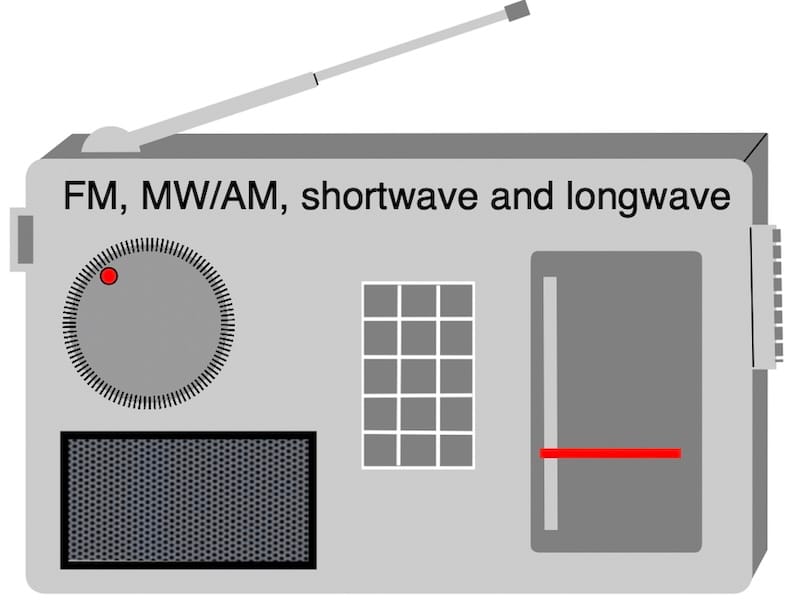UT time and celestial navigation: A world radio receiver capable of capturing shortwave frequencies to receive time signals from specialized broadcasting stations.
It is acceptable to consider UT (Universal Time) and UTC (Coordinated Universal Time) interchangeably for calculating the Line of Position in celestial navigation.

UT time and UTC time are two different time standards, but they are very closely related. UT time, or Universal Time, is based on the Earth’s rotation, while UTC time, or Coordinated Universal Time, is based on atomic clocks.
The Earth’s rotation is not perfectly regular, so UT time can vary slightly from UTC time. Consequently, UTC is more precise.
The difference between UT time and UTC time cannot exceed 0.9 seconds.
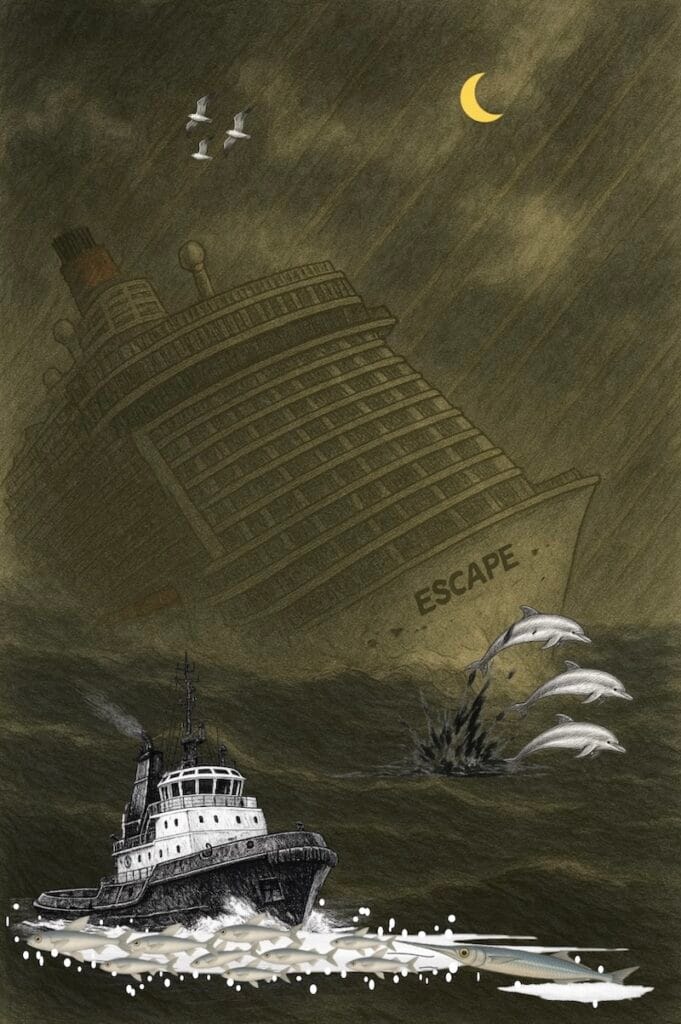
In summary, while many nautical almanacs are based on UT (UT1 officially), it is common practice to use UTC for celestial navigation calculations with only a minor difference between UTC and UT.
The expression GMT (Greenwich Mean Time) has become obsolete in the context of the measurement of universal time, and it has been widely replaced by UT.

The nautical almanac operates on UT time (universal time)!
Firstly, the nautical almanac gives the position of the celestial bodies for each day and each whole hour.
We consider the exact UT time to be crucial as a 10-second error would lead to about 2.5 nautical miles of intercept error.
Remember that whenever referring to the nautical almanac it is imperative that the correct date be used.

Zone time and universal time
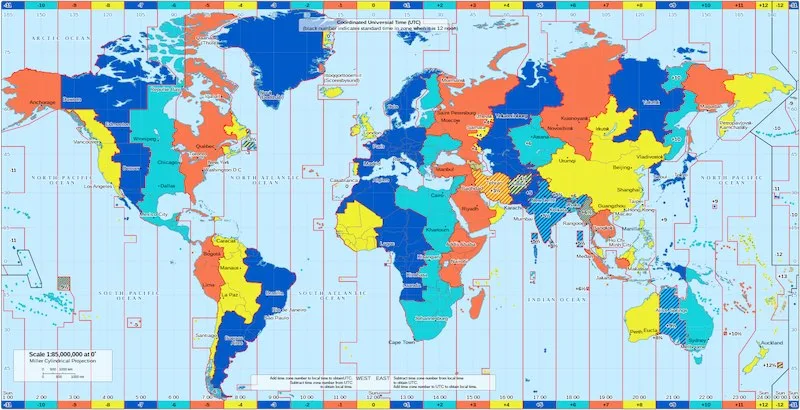
Time zones work by dividing the Earth into segments based on longitudinal lines. The primary reference point for time zones is the Prime Meridian, which runs through Greenwich, England.
The Earth is divided into 24 time zones, each approximately 15 degrees of longitude wide, with the International Date Line generally following the 180th meridian.
Each time zone is typically one hour ahead or behind its neighboring zones. When you travel eastward across time zones, you gain time, and when you travel westward, you lose time.
As a rule of thumb, the farther east you go, the later the zone time becomes.

Why time zones?
The reason for time zones is to maintain a consistent time standard within each zone, making it easier for people to coordinate activities across vast distances.
It also helps to maintain consistent timekeeping with the rotation of the Earth, ensuring that daylight and darkness roughly correspond with local time in different regions, as well as facilitating daily life aboard your vessel.
Time zone boundaries do not strictly follow longitudinal lines and may be adjusted to accommodate political, geographical, or cultural considerations, as well as daylight saving time.
Consequently, irregularities can arise, such as different regions within a country being in different time zones.
However, the primary requirement on this site is that you must have a rough idea of the zone time (local time), with your watch set to UT time on board
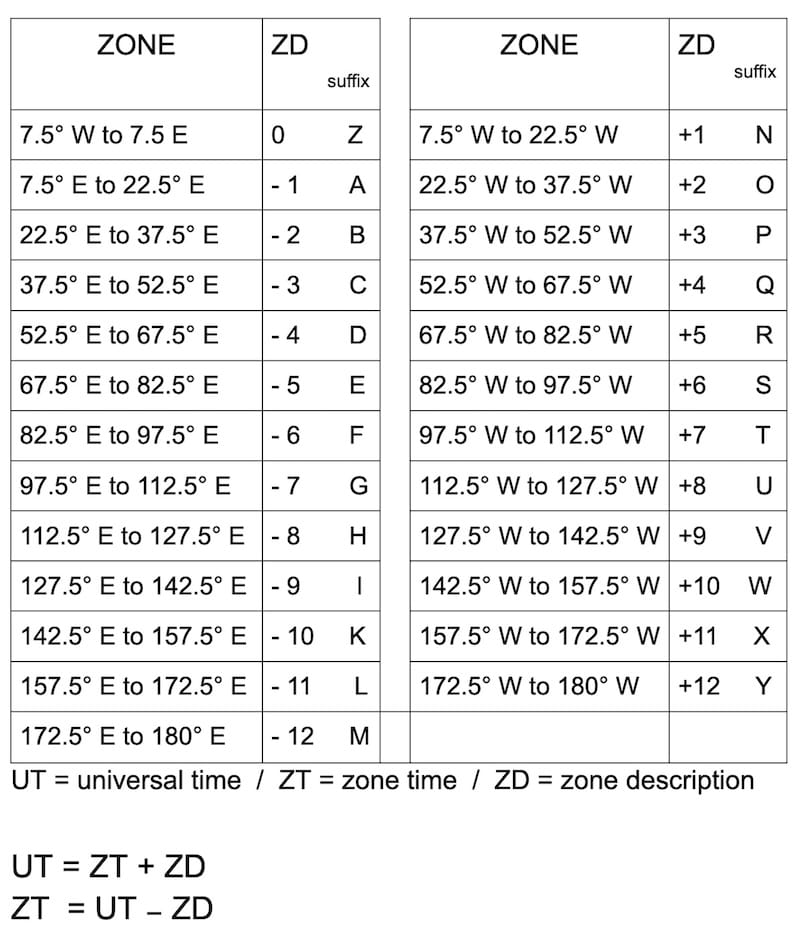

From UT to ZT: Step-by-Step Examples
Example 1:
Your watch set to UT time indicates 11h 14m 36s
The longitude is 65° W
Calculate zone time (ZT) on board?
65° W → ZD = + 4
ZT = UT ⎼ ZD = 11h 14m 36s ⎼ (+ 4) = 07h 14m 36s

Example 2
Your watch set to UT time indicates 11h 14m 36s
The longitude is 65° E
Calculate zone time on board?
65° E → ZD = ⎼ 4
ZT = UT ⎼ ZD = 11h 14m 36s ⎼ (⎼ 4) = 15h 14m 36s
Example 3
Your watch set to UT time indicates 23h 47m 06s (14 August)
The longitude is 130° E
Calculate zone time on board?
130° E → ZD = ⎼ 9
ZT = UT ⎼ ZD = 23h 47m 06s ⎼ (⎼ 9) = 08h 47m 06s (15 August)
Date: Since we crossed midnight, it becomes 15 August.


Ways to obtain precise Universal Time (UT) on board.
A radio-controlled watch

Atomic or radio-controlled clocks and watches achieve accurate time because they are controlled by radio transmitters which themselves receive their time signals from caesium atomic clocks.

Shortwave radio stations
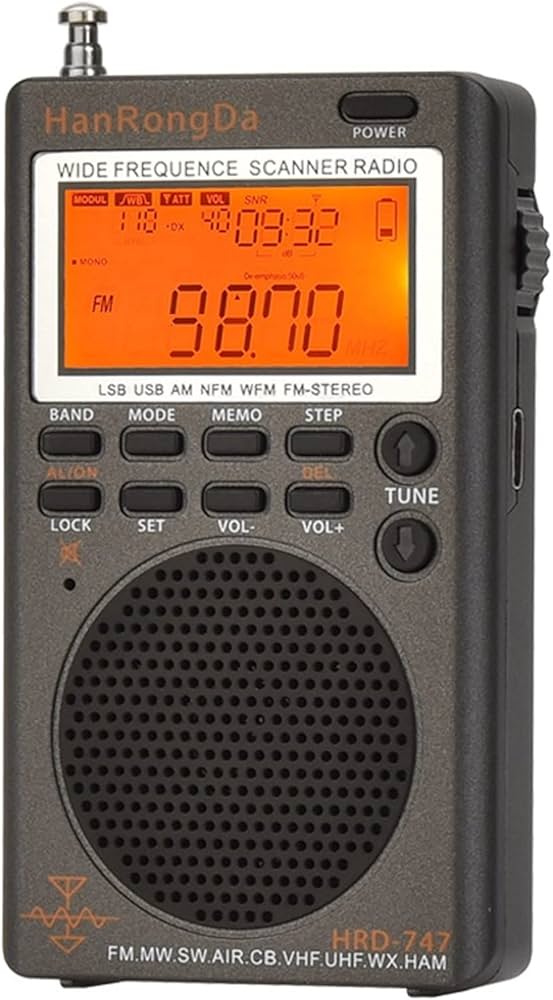
Coordinated Universal Time (UTC) is broadcast by major time signal stations.
In fact, in everyday language, people can call it UT.
🇺🇸 The National Institute of Standards and Technology (NIST) operates the radio station WWV in the United States.
The frequency standard broadcasts Coordinated Universal Time (UTC) as its main function, and various purposes such as scientific research and navigation use it as a time reference.
The station broadcasts the time continuously on five frequencies, 2.5 MHz, 5 MHz, 10 MHz, 15 MHz, and 20 MHz.
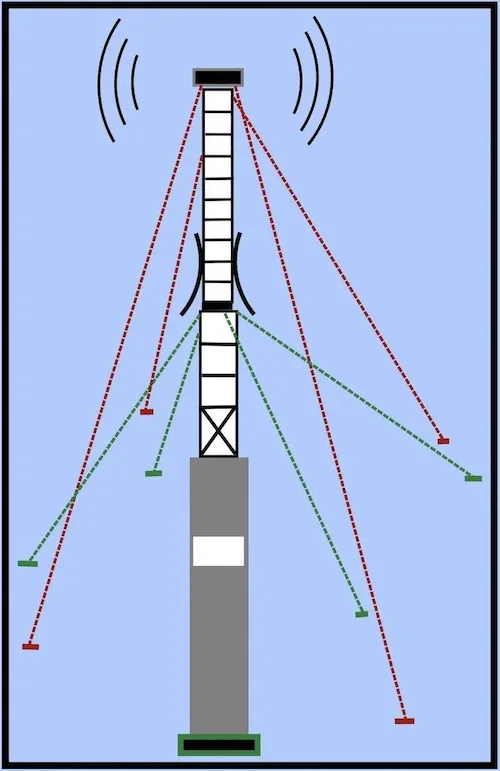
Besides Fort Collins, a radio station also exists in Canada for this region, as well as in Russia, China, South America, Australia, and many other countries.
🇨🇦 Canada: call sign CHU
Frequencies: 3.33 MHz ; 7.850MHz ; 14.670MHz
It’s important to know that these frequencies generally propagate much better at night.
Before your departure, you can ask the AI to determine, based on your route, the most favorable frequencies as well as the periods when reception will be weaker.
It is also very useful to practice before the voyage. This allows you to become familiar, at your own pace, with real reception conditions and to learn how to recognize a reliable signal, without the pressure and difficulties you will face once at sea.
By satellite phone

Moreover, you can access WWV by calling the number +1 (303) 499-7111. Using a satellite phone may be a good option.
The United States Naval Observatory operates an equivalent time service. This number is: +1 (202) 762-1401 (Washington, D.C.).
Definitely keep in mind that the phone calls limit to 2 minutes and the signal encounters an average delay of 30 milliseconds.

UT time and celestial navigation
Quality watch
Nevertheless, for better accuracy, you may want to consider purchasing a quality watch.
In fact, you can obtain a highly accurate watch certified by the Swiss Official Chronometer Testing Institute (COSC), but of course, there are other options in many different countries.
So, you can choose the perfect watch for your needs and budget.

UT time and celestial navigation: Watch time correction
keeping a diary
Overall, we recommend keeping a diary to track the evolution of your error over time.
It is essential to perform this check before any ocean crossing.
“world’s most accurate.”

Caliber 0100″: A sleek design for one-second accuracy per year
